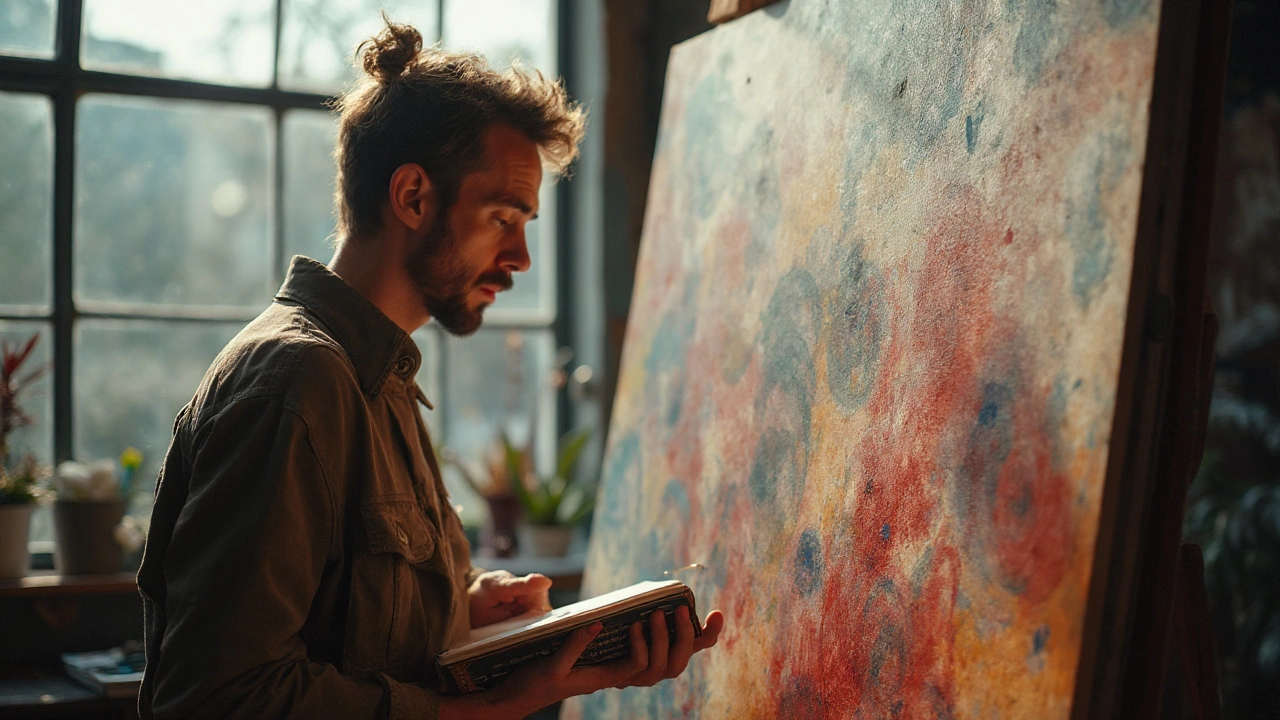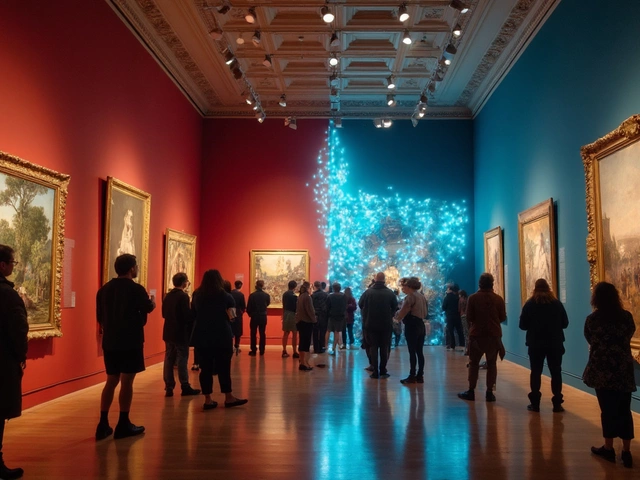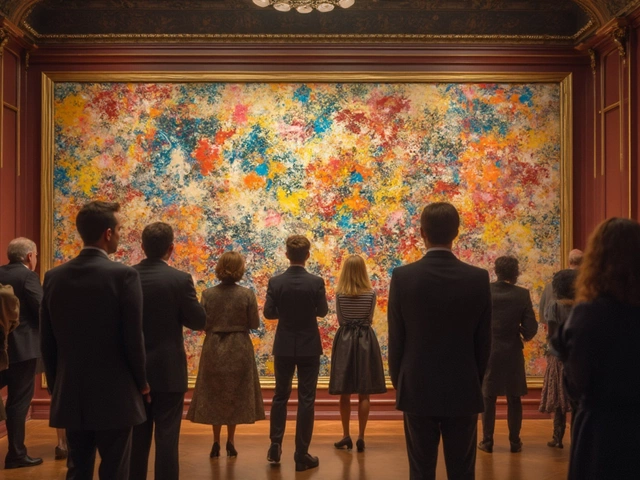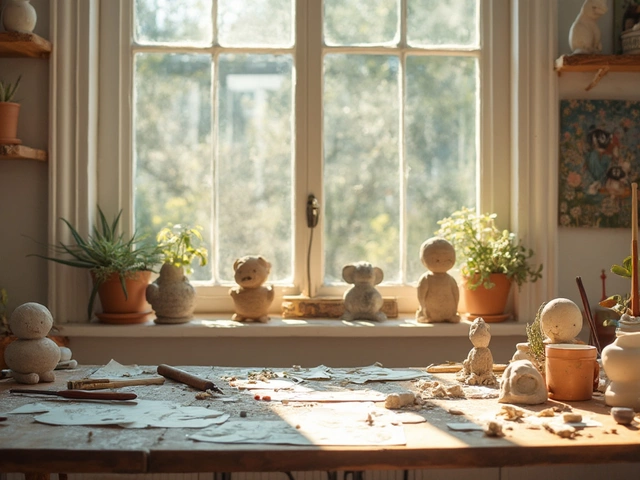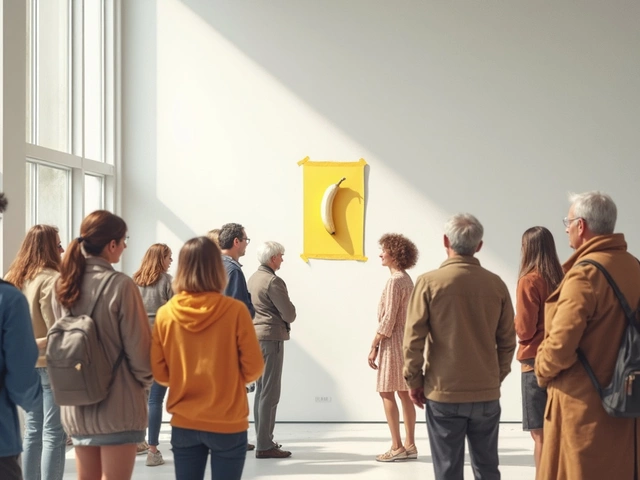Picture walking through a museum and stopping in front of a canvas splashed with wild shapes and colors that don't seem to look like anything at all. There it is—a puzzle for your eyes and mind. Abstract art can tug at you, confuse you, or make your pulse spike just because of a single line. And here's the kicker: the best-known quote about abstract art sums up this strange magic in just a few simple words. Wassily Kandinsky famously said, "Of all the arts, abstract painting is the most difficult. It demands that you know how to draw well, that you have a heightened sensitivity for composition and for colors, and that you be a true poet. This last is essential." It’s a packed statement, often misquoted or snipped up, but the weight is unmistakable. Now, let’s find out why.
The Heart of the Famous Quote: Kandinsky’s Vision for Abstract Art
Kandinsky wasn't tossing words around lightly. He called abstract painting the hardest art form—think about that. It’s not just that you need to wave a brush; he actually argues you need top-level drawing skills even though nothing looks realistic. Why? Because controlling the chaos of abstraction takes a practiced hand. It’s about more than just talent; you need to dig deep into feelings and thoughts that shapes and colors can spark. When Kandinsky brings up composition and color, he means every part on the canvas needs to pull its weight. Poor color choices? The whole thing collapses. Jumbled composition? Your viewer’s lost. He’s basically saying you’d better master the rules before breaking them—abstract doesn’t mean random. What really gets people talking is his line, “and that you be a true poet.” You don’t have to write verses, but you do need to think like a poet. He’s reaching for artists who see the world a little differently, who find meaning hiding in plain sight—just like poets do with words. This quote circles all the way back every time a new artist wonders: “Can I just throw paint on a canvas?” The answer, according to Kandinsky, is no. It takes discipline, skill, and soul. And that, right there, is why people keep repeating this quote in studio classrooms, online forums, and art books. It’s a challenge and a call to all artists to take abstract art seriously—as seriously as any Renaissance masterpiece.
Abstract Art Unpacked: A Peek Behind the Canvas
Some of the wildest misconceptions in the art world swirl around abstract art. Some think it’s just random chaos, others imagine it’s child’s play. But, if you look at one of Mondrian’s neat grids, Rothko’s glowing rectangles, or Pollock’s spatters, you realize there’s structure—sometimes invisible, but always present. Kandinsky's quote lays down the law: abstract art isn't a shortcut. Think about Jackson Pollock, flinging paint, but then stopping and staring for ages, choosing his next move with laser focus. It was messy—Whiskers the cat sometimes thinks she could do better with her paw—but it was guided by intention and an eye for balance. Let’s toss in a fact: Mark Rothko, another abstract trailblazer, would agonize over colors for months, layering pigment so that each block would seem to glow or vibrate. He wanted you not just to look, but to feel—deep in your gut. That emotional impact comes from understanding the rules of painting so well you can stretch them to the very edge. This is where Kandinsky’s quote feels like a badge of honor. If you’re making abstract art, you’re stepping into a tradition where the best are both mathematically mindful and poetically wild. Whether you’re painting at your kitchen table or visiting a museum, knowing this makes the whole field less mysterious and a lot more interesting.
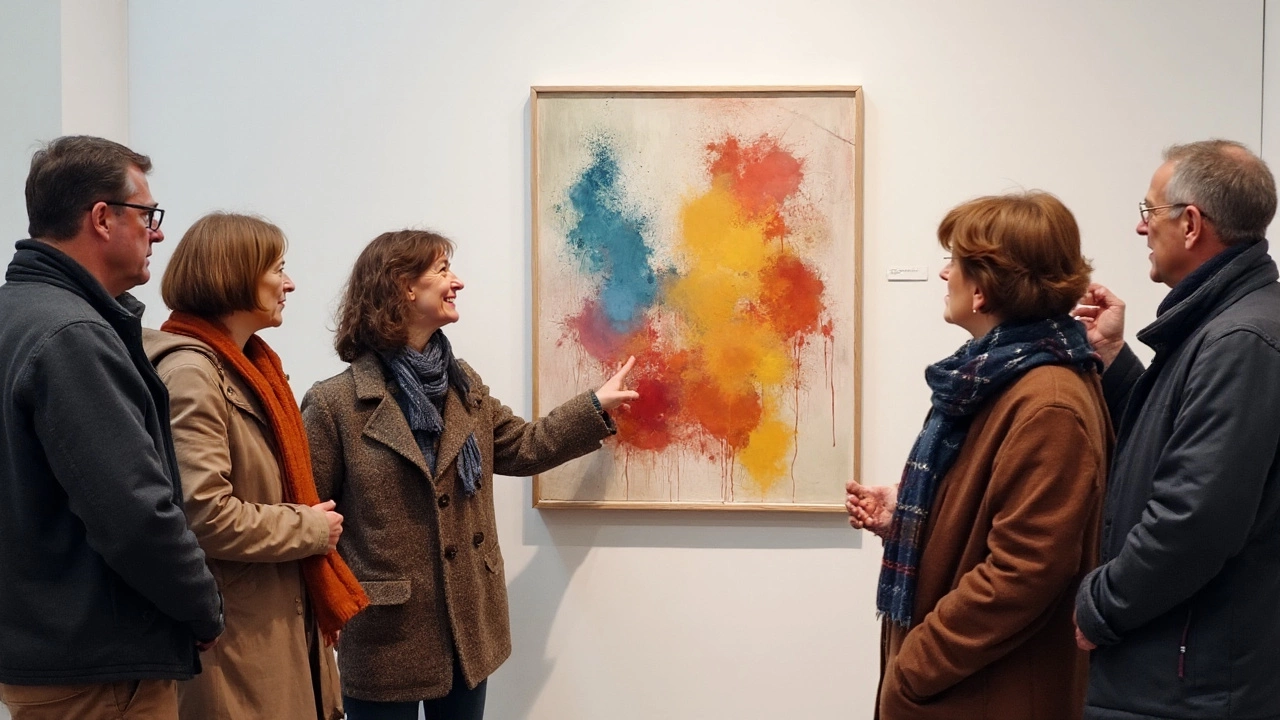
How the Quote Has Shaped Artists (And Viewers) for Decades
Kandinsky tossed his famous line into the world about a century ago, and ever since, artists have argued, debated, and sometimes rolled their eyes at it. But you’ll find this quote taped above studio desks, shared on Instagram under newly-finished canvases, and handed down in art school critiques. Why? It resets expectations. The message to artists: you aren’t hiding behind abstraction—you’re facing something harder. For viewers, the quote says this art isn’t meant to be easy at first glance. It asks you to linger, challenge yourself, dig for clues in texture and color. Here’s a quick peek at the ripple effect: Artists like Helen Frankenthaler took Kandinsky’s challenge and went wild with it, inventing soak-stain painting techniques that looked effortless, but took relentless trial and error. Lee Krasner, who battled sexism and skepticism, often referred to the “honesty” that abstraction demanded—a nod to Kandinsky’s poet idea. And it’s not just artists: Critics, curators, and even collectors use that quote when explaining why some abstract art pieces sell for millions while others barely raise an eyebrow. If you want to connect with abstract art on any level—whether as maker or viewer—Kandinsky’s words nudge you to bring your whole self to the experience, not just your eyes.
Making Abstract Art Meaningful: A Few Tips From the Inside
Even with a famous quote as a guide, it’s easy to feel lost looking at abstract art. But take it from someone who’s spent hours talking with Merriweather about the odd color choices of Joan Mitchell or chasing Whiskers away from a wet canvas—abstract art isn’t just for art people. You can use Kandinsky’s quote as your pocket guide. Start by trying to read the composition: are areas balanced, off-kilter, or leading your eye? That’s the artist’s drawing skill at play, hidden inside all that messiness. Next, focus on color—does something leap off the canvas, or do shades melt into each other? Abstract artists agonize about even the smallest change. Now, try to tap into how the piece makes you feel. You’re looking for a gut reaction, not a complicated critique. Sometimes, reading the artist’s statement—or hearing them talk—will light up the actual meaning behind the work. If you’re making abstract art, Kandinsky’s advice is gold. Practice the basics: sketch, study color, think about rhythm and flow. But don’t be afraid to let accident and emotion sneak in. If the painting feels boring, shake it up by working with your opposite hand, listening to a wild playlist, or starting with your mood instead of a specific idea. It’s about building skill and trusting your instincts to take over—like letting the poet in you grab the paintbrush.
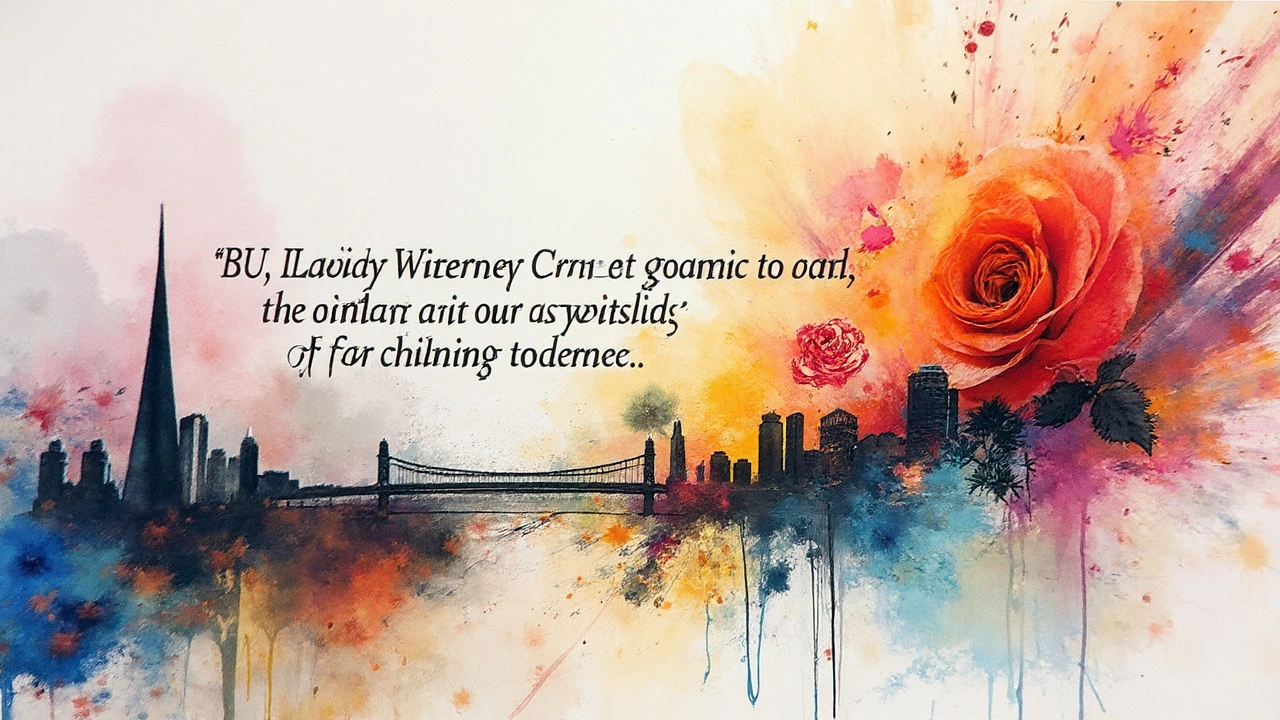
Why This Famous Quote Still Rings True in 2025
There’s a reason people keep pulling up Kandinsky’s quote about abstract art, even when new trends and technologies crash onto the scene. Abstract art hasn’t faded away—in fact, digital abstraction is blowing up, with artists using AI and software to make forms and colors shimmer in ways oil or acrylic could only dream of. Yet, when you peek under the surface, whether in a gallery or scrolling your feed, the works that really hit home always trace back to Kandinsky’s essentials: skill, sensitivity, and poetic guts. You see it in kids learning to paint with oozing color fields, in collectors searching for the next big thing, and in casual museum-goers leaning in a little closer, reading that wall label and maybe recognizing the old lines of Kandinsky. Even Whiskers gets it—she’ll only lounge in the sunlight if the color feels right (I’m not making this up). For artists, Kandinsky’s words are a dare: don’t settle for “anything goes.” For viewers, it’s an invitation to look deeper. Next time you find yourself confronted by a swirl of color and strange form, remember what Kandinsky wrote. Abstract art isn’t easy, but that challenge is the source of its power. Whether you roll up your sleeves and make some yourself, or just pause in front of a canvas with your morning coffee, that famous quote connects you—across decades and styles—to the raw heart of what art can be.
